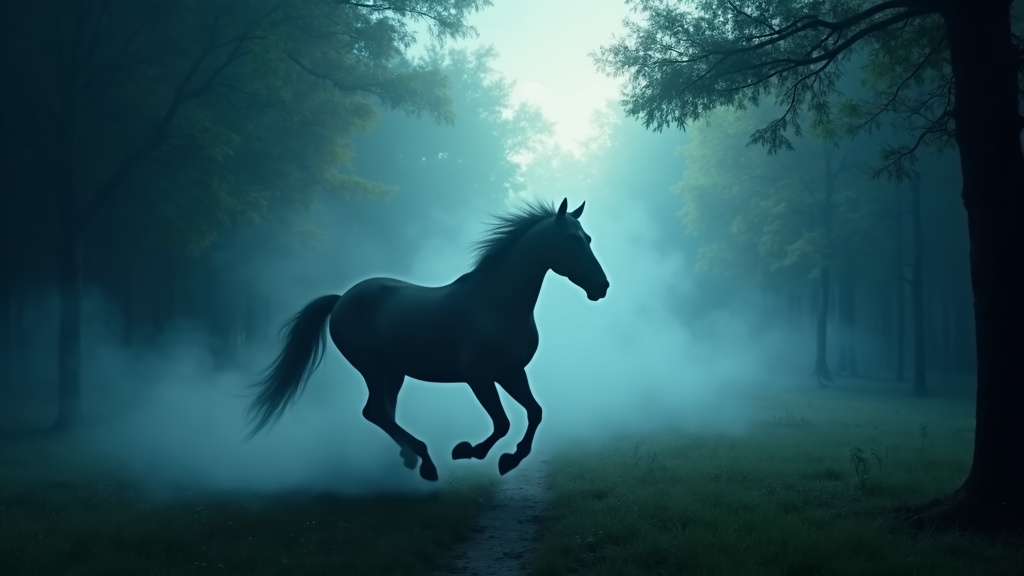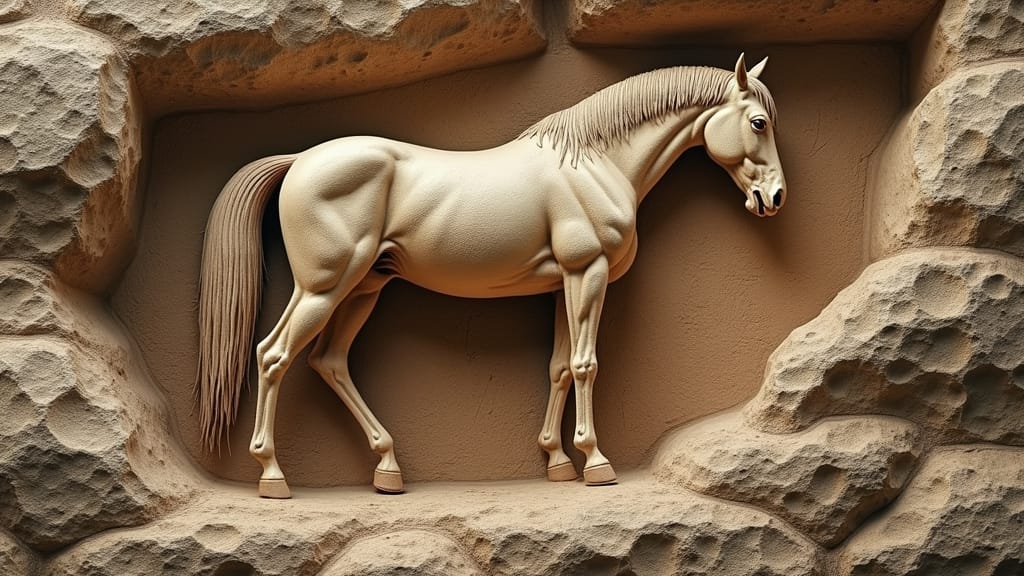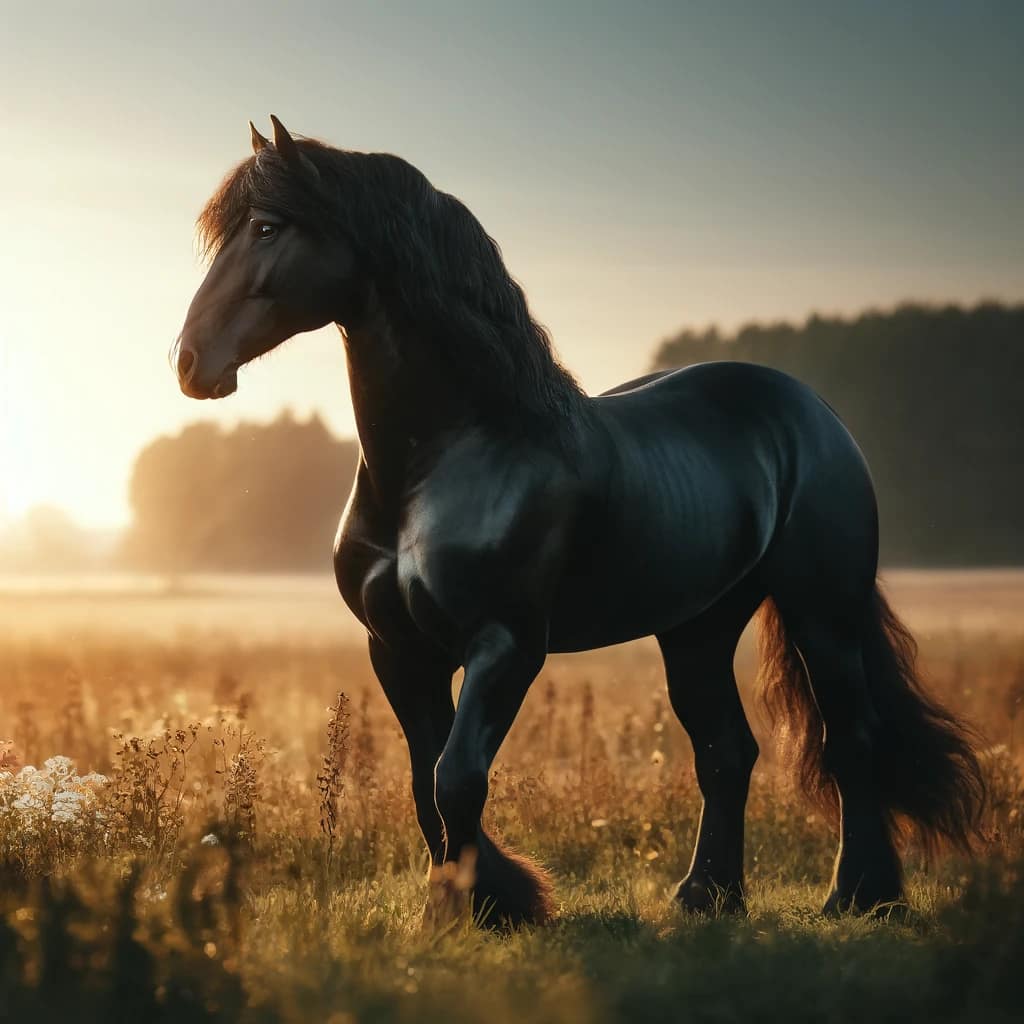
Exploring Myths And Legends About Horses
Horses have held a deep place in human culture for thousands of years. Legends about horses fill stories, poems, and even the art found in ancient caves. Whenever I read or hear these myths, it’s easy to see why people are drawn to their speed, beauty, and mysterious nature. Checking out myths and legends about horses isn’t just a look back in time. It’s a chance to understand how humans connect dreams and fears to the world around them, and why horses are often the focus of such awe-inspiring tales.
Why Horses Became Legendary
Throughout history, horses have stood as powerful symbols in nearly every society. From the earliest times when people watched wild horses race across plains, their energy and spirit inspired both awe and respect. Horses appear in so many myths in part because they embody qualities that people admire: freedom, raw strength, loyalty, and sometimes a touch of magic or mystery. I find that the sheer versatility of the horse in both daily life and imagination helps explain why they’ve become legendary figures worldwide.
As essential animals for travel, farm work, and warfare, horses held spiritual importance in many cultures. In several societies, owning horses separated the wealthy from the poor, which made the horse an even more prized animal. This blend of practical need and deep admiration led to centuries of stories in which horses had powers or played unique roles in the universe. Sometimes, horses were seen as messengers for gods or gatekeepers between worlds, emphasizing their special place in both reality and myth.
Famous Horse Myths Around the World
Stories about magical or heroic horses can be tracked down in many cultures—Europe, Asia, the Americas, and beyond. Here are some of the famous legendary horses whose stories continue to capture the imagination of people today:
- Pegasus, the Winged Horse (Greek Mythology): Pegasus is one of the first legendary horses I learned about as a child. Born from the blood of the monster Medusa, Pegasus could fly and often helped heroes knock out impossible tasks. Statues and artwork of Pegasus are common, and this winged horse still shows up in books and films around the globe.
- Uchchaihshravas, the Sevenheaded Horse (Hindu Legends): This dazzling white, sevenheaded horse emerged during the churning of the cosmic ocean and was called the king of all horses. Uchchaihshravas often appears in old Hindu epics, linked to gods and celestial battles, a testament to how horses could even become divine figures in certain legends.
- Sleipnir, Odin’s Eightlegged Steed (Norse Mythology): Sleipnir is a gray horse with eight legs and unmatched speed. Some tales say he carried the Norse god Odin between worlds, even spiriting him into the land of the dead. Reading about Sleipnir gave me a sense of how much creative freedom is present in myths—the idea of a horse with extra legs turns something familiar into a totally uncanny creature.
- The Kelpie—Shapeshifting Water Horse (Scottish Folklore): Kelpies are water spirits said to haunt rivers and lochs in Scotland. Usually, they look like horses, but sometimes they take the form of a human. Many stories warn people, especially children, not to ride a horse they don’t know near watery places, or they might be dragged beneath the surface. I find tales about kelpies fascinating because they mix beauty with danger, showing how respect for nature morphs into supernatural warning stories.
- The White Horse Prophecy (Native American and Mormon Traditions): White horses carry special weight in several Native stories and later in religious prophecy. They often act as a sign of peace, guidance, or great change to come. When I stumble upon old illustrations or crafts, white horses always carry a bit of extra meaning.
How Horse Legends Shaped Beliefs and Culture
These stories serve more than just entertainment; they helped form beliefs about horses, shaped their place in society, and influenced rituals. In some cultures, white horses or those with striking colors were given special treatment, considered lucky, or seen as carrying messages from the gods. At times, horses were even buried alongside powerful leaders, symbolizing their partnership in both life and death.
Horse tales made a mark on daily practice. For example, in medieval Europe, knights sought horses with certain appearances or personalities, thinking this would aid them in battle. Much of their preferences came from legends they’d heard growing up. The way horses were trained, paraded, or decorated often mirrored the beliefs and myths told in those societies.
Common Symbols and Types of Magical Horses
After looking through various stories, I’ve noticed that many horse myths—from places that never interacted—share some main features. These shared symbols helped folks process big events, explain mysteries in nature, and deal with their own emotions.
- Wings: Horses with wings generally stand for freedom, dreams, or the boundary between earth and sky. Winged horses in artwork feel to me like a symbol of hope or the desire for escape.
- Unicorn Horns: While unicorns aren’t always called horses, they share enough to belong together. Their horns show up in legends as signs of purity, healing, and uniqueness.
- Multiple Heads or Legs: Extra heads or legs, as with Uchchaihshravas or Sleipnir, set these horses apart as supernatural and powerful—often giving them the ability to cross between different worlds or realities.
- Color: Black horses are often tied to magic, the unknown, or even danger. White horses usually mean goodness and light, but not always—some old legends treat them as warnings. Myths attach strong symbolism to horse colors, and I notice this every time I see horses in ceremonies, art, or mascots today.
Horse Legends in Modern Culture
Even now, horse myths continue to pop up everywhere. Winged horses and unicorns are staples in toys, cartoons, fantasy movies, and even company logos. Horse symbols are used by racing teams, sports clubs, schools, and military groups to show off strength, loyalty, or teamwork. Being on the lookout for these symbols is fun—I see how much these old stories still leave a mark in everyday life.
Books and films featuring horses, whether real or magical, often draw on these classic stories to make their worlds richer and more recognizable. Terms like “white knight” or “dark horse” in competitions reflect the way horses have been talked about in legends for centuries. They add an extra layer of meaning to modern sports or books, creating ties between ancient myth and today’s culture.
Things People Misunderstand About Horse Legends
It’s common for tales of magical horses to be shared without understanding their real roots. Some misunderstandings I’ve come across include:
- All White Horses Are “Good”: Not always; sometimes a white horse means disaster is near or is sent as a challenge, depending on the story.
- Unicorns Belong to Medieval Europe: In truth, stories about single-horned horselike creatures show up all over—ancient Persia, China, and India all had their own versions.
- Kelpies Only Drag People Underwater: While that part shows up in scary tales, some stories hint that kelpies could help humans if they were treated kindly or given the right words.
Digging into the original legends and figuring out what different details meant across cultures makes these stories even better and keeps old traditions feeling genuine and fresh.
Tips for Exploring Horse Myths and Legends Yourself
If you want to check out more horse stories or share them with friends or kids, try these steps:
- Read Old Texts and Folktale Collections: Libraries and museums often hold excellent resources and translations. Try starting with books like “Myths of the Horse” or browsing folklore archives online for fascinating discoveries.
- Visit Festivals or Museums: Many local communities have parades, exhibits, or talks focused on horses in art and story. Seeing actual artifacts or live performances can help bring these legends to life for everyone.
- Watch Documentaries and Film Adaptations: There are fantastic documentaries and fantasy movies that explain where these popular horse tales come from. Hearing historians or storytellers break it down makes it easier to tell fact from fiction.
- Join Forums and Groups Online: Plenty of folks love to share their passion for horse legends. Getting involved with discussion groups or social media communities can open up new conversations and help you catch details you’d never have noticed otherwise.
Each of these steps helps separate fact from legend—and what’s most interesting to you about horses in myth will soon stand out.
Frequently Asked Questions
Question: What is the oldest known horse myth?
Answer: Some of the earliest magical horse tales appear in ancient Mesopotamia and Persia, where horses were linked to the sun god and believed to haul chariots across the sky. These stories were written over 3,000 years ago on stone tablets.
Question: Did people really believe in unicorns and winged horses?
Answer: Ancient writers spoke of unicorns and flying horses almost as if they were real, but often the creatures carried symbolic meaning or grew out of misunderstandings about rare animals like the narwhal or antelope.
Question: Are there modern superstitions related to horses?
Answer: Yes. In many cultures, horseshoes are placed above doorways for good luck, and spotting a white horse is still seen as a positive sign.
Why Horse Myths Matter Today
Learning about horse myths helped me understand how stories shape what people believe about animals, nature, and even themselves. Today’s traditions, business logos, school mascots, and team symbols often draw from these classic stories—bridging past and present. Whether you’re a history fan, a horse lover, or just curious about how myths influence the world around us, checking out horse stories will add a whole new layer of meaning to what you see every day. It’s amazing how these legends bring people together and keep traditions alive from ancient times to now.
Horses in Ancient Egypt on Amazon
Chariots in Ancient Egypt on Amazon
Horses in ancient roman culture on Amazon
Enjoy your equestrian journey! 🏇
Build Your Business and Learn Affiliate Marketing
See you there!
Our Unique Value Propositions
Discover why Chwals GPT is the top choice for equestrians looking to build their online presence (register for free)
Tailored Equestrian Expertise – Community Connection – Intuitive User Experience



